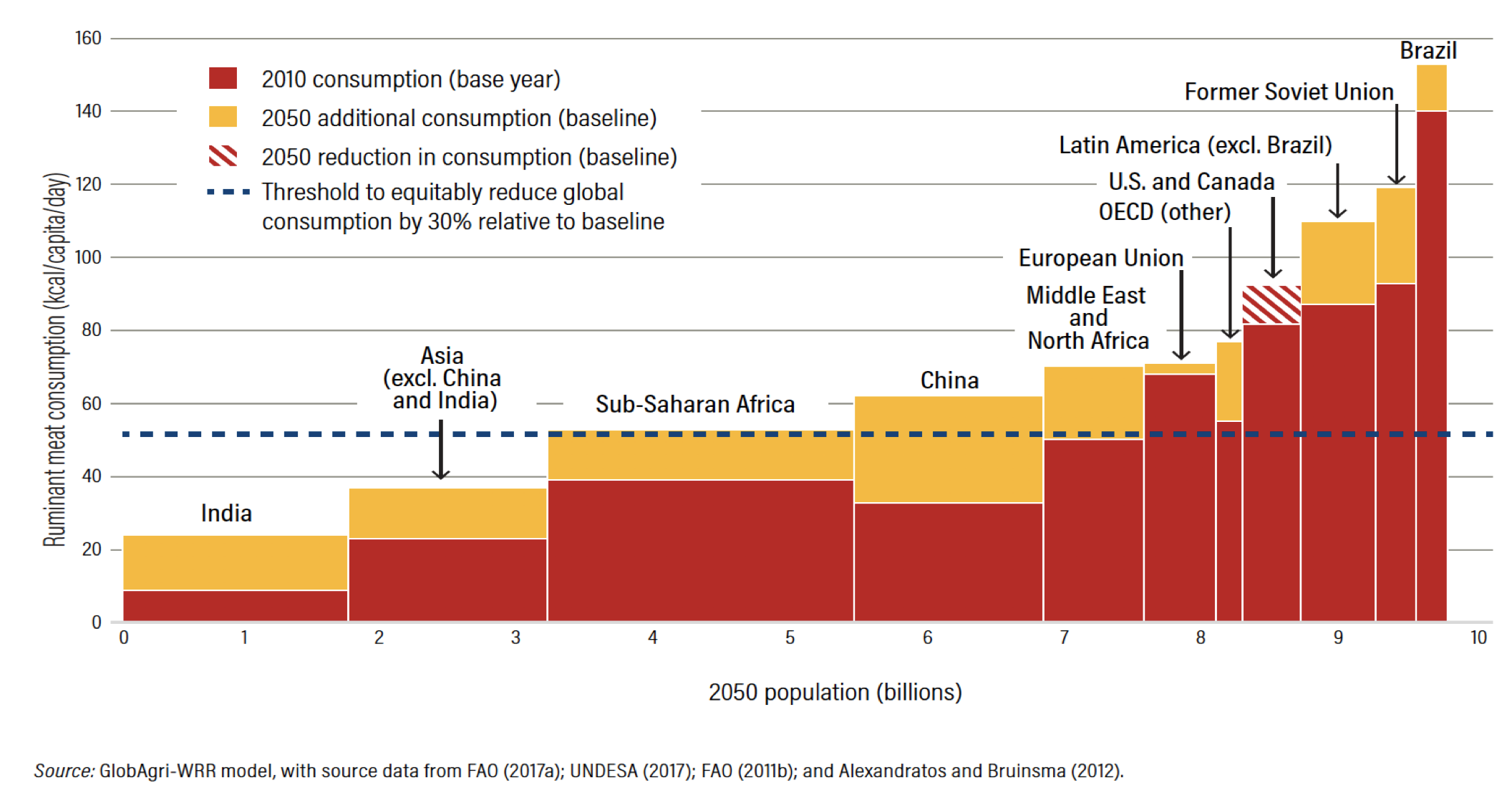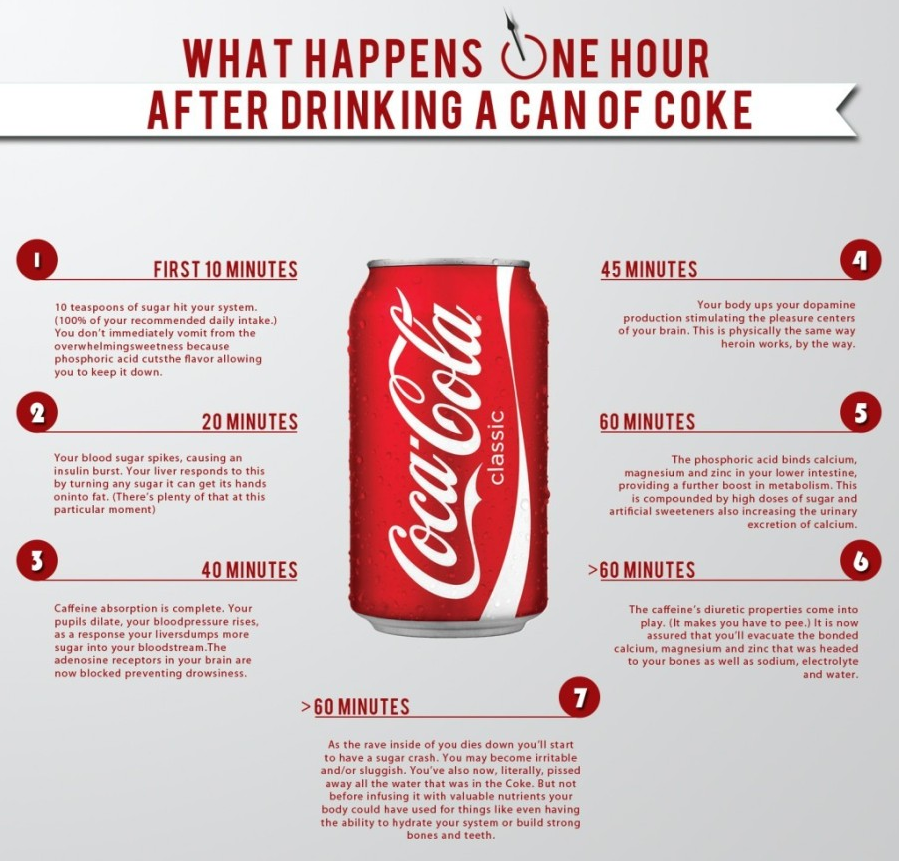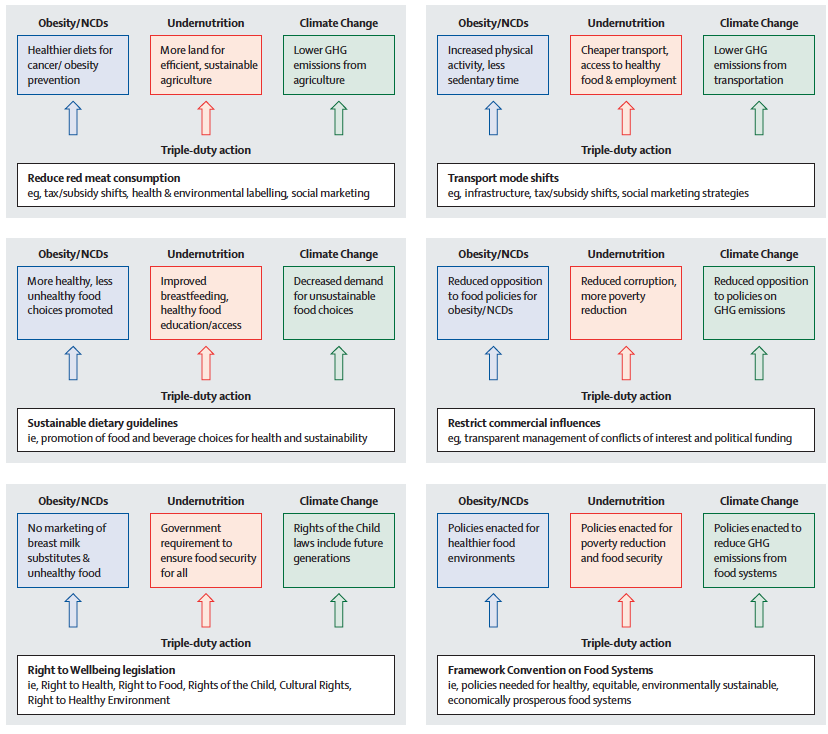Food Bytes is a weekly blog post of “nibbles” of information on all things food and nutrition science, policy and culture.
We saw a lot of really great stuff being written in the diet space this week by mainstream media. First, Thomson Reuters Foundation, and particularly Thin Lei Win published a great piece entitled, and get ready for it, “Death by Diet.” Gothic meets food. Love it. But seriously. The article and accompanying pieces highlight the fact that our diets are now so unhealthy, they are causing illness, disability and death. I really liked this figure below from the report showing what we should be eating and what we are actually producing.
Second, the NYTimes hit it big and right this week with a Food and Climate series. One article highlighted what we should eat for health and the environment and answer lots of pesky questions that we have about diets and what is considered more sustainable or not. Got a question about the impact of different milk products on different environmental indicators? They show you the path. Grass or grain fed beef? They have you covered. Check it out and take the quizzes. Clearly, diets are “hot” (no pun intended) at the moment.
The Economist had an interesting piece on global meat consumption and the transitions in demand. While some high-income countries are moving away from meat consumption, other countries are and will continue to see an increase in the demand for pork and beef. Countries like China, and continents like Africa will continue to demand meat as incomes rise, and imports make their move to these parts of the world. The impacts on undernutrition can be profound - with animal source foods filling important nutrient gaps. However, the environmental effects cannot be underestimated. So what do we do? Trade-offs are inevitable. As the article states, the consequences “will be global.”
Speaking of diets, many women in the world do not get enough iron, resulting in anemia which has serious health ramifications. This past week, I participated in a webinar hosted by the WHO and The Accelerated Reduction Effort on Anaemia (AREA) Community of Practice. I talked about how double duty actions can be done to address anemia and obesity or undernutrition in women. Marion Roche focused on adolescent anemia and gave an excellent overview. My slides are here.
Antimicrobial resistance, is getting more attention these days. The UN just came out with a report and the NYT highlighted it in scary detail. The report argues that overuse of antimicrobial drugs in humans, animals and plants is fueling resistant pathogens that could kill 10 million people annually by 2050. Yikes. Food system actors, beware.
I did a fun podcast with my former student Khris at UNC Chapel Hill. The podcast is called “We All Gotta Eat .” We talked about food but more largely development, youth movement sand just being a bit more punk rock if you really want transformational change.












